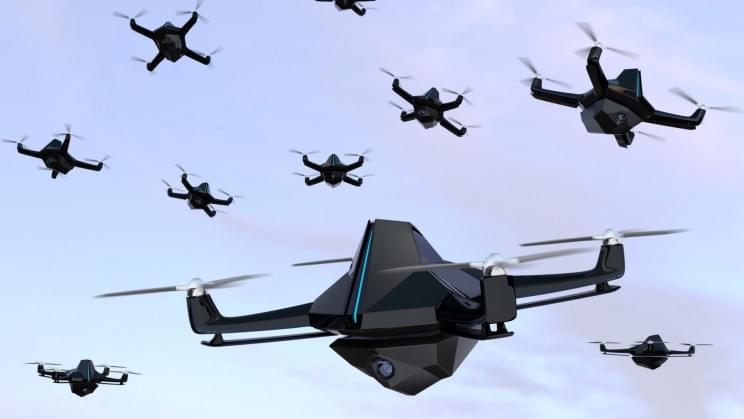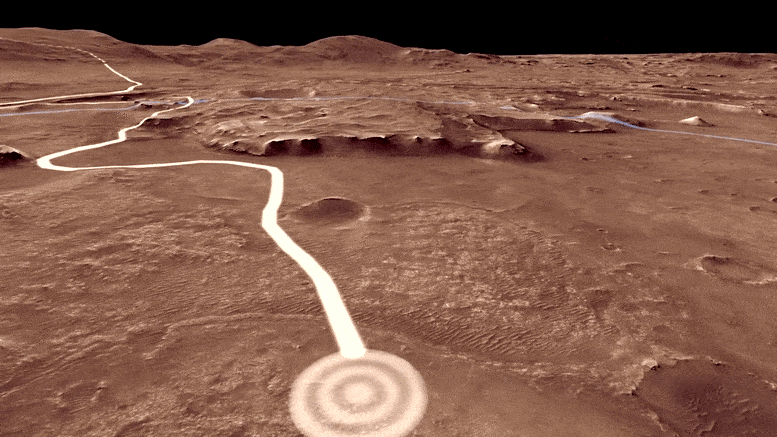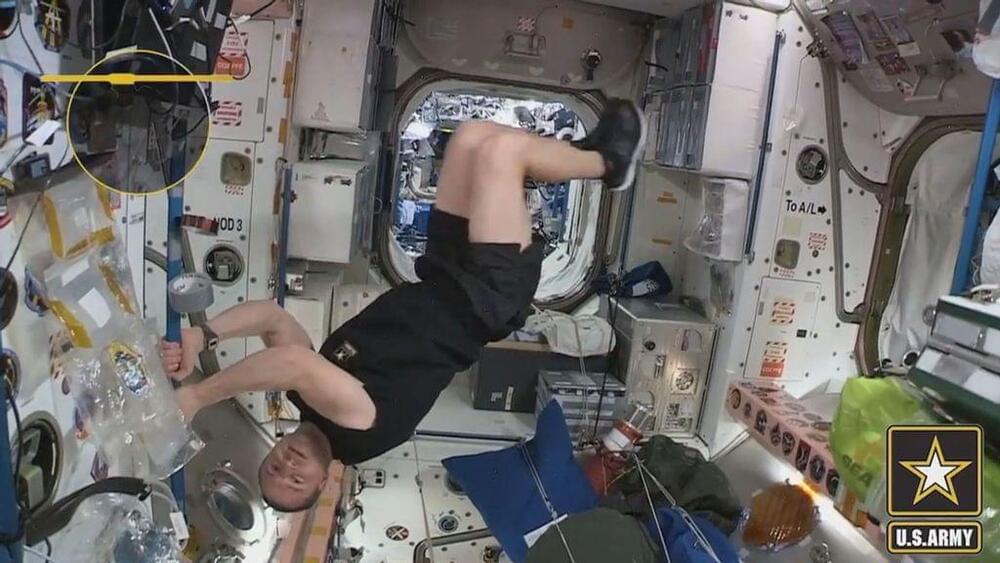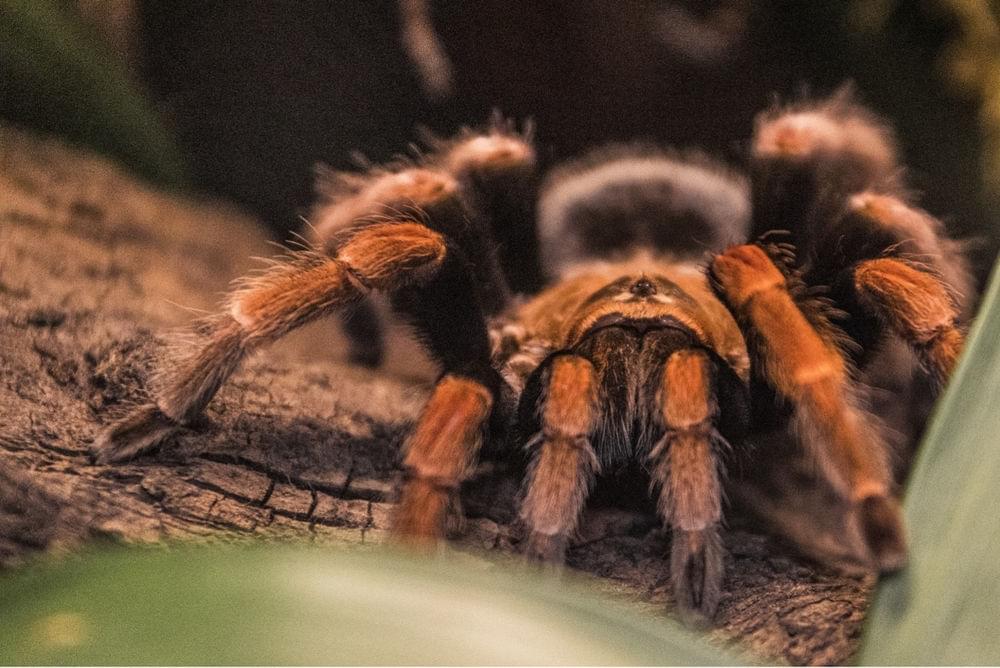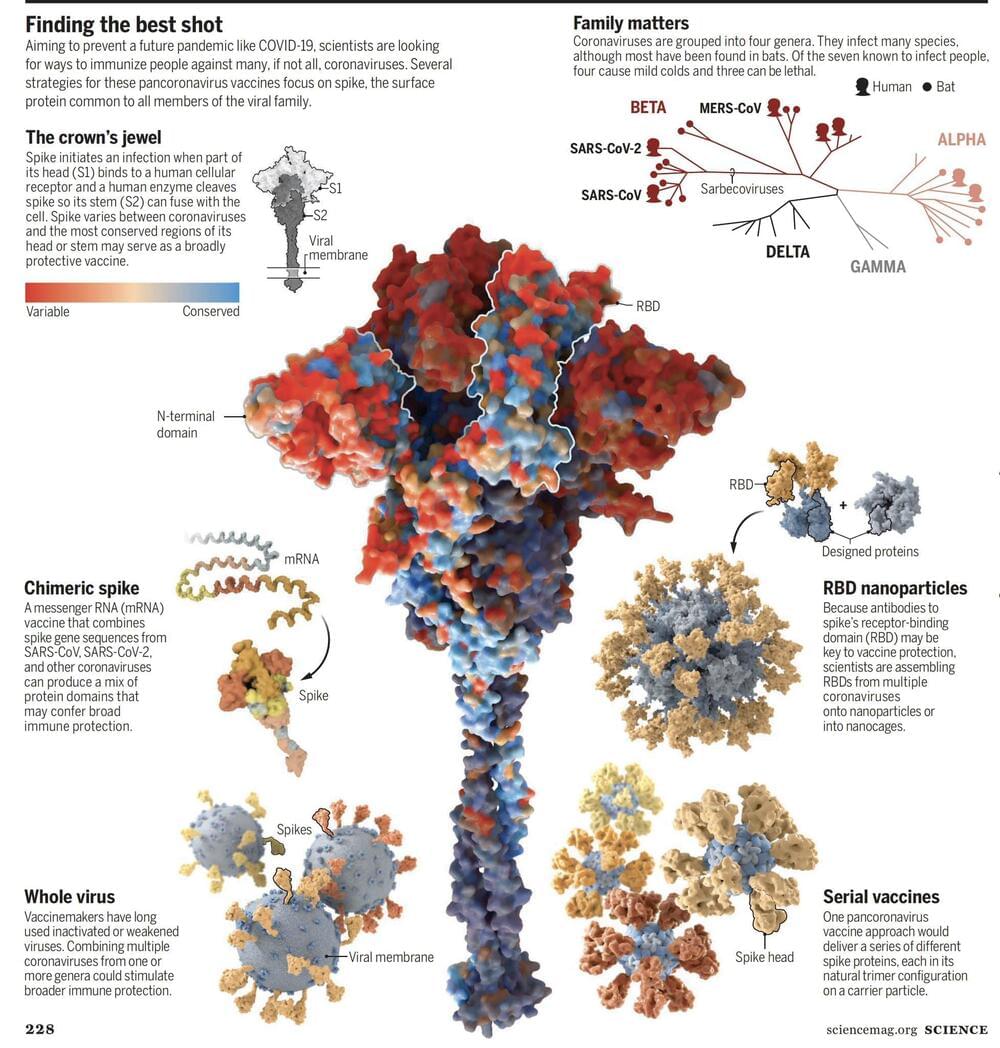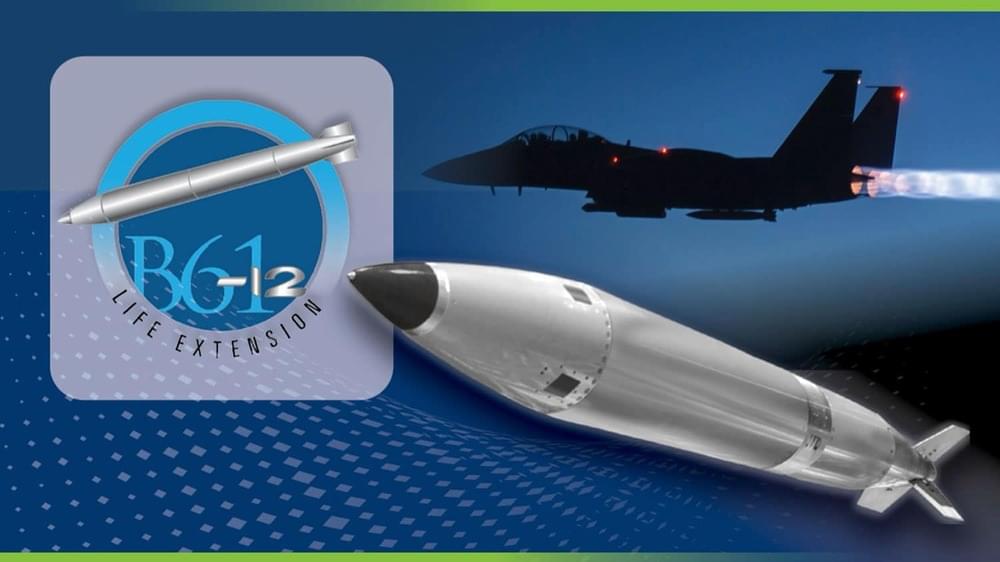And the company is still building prototypes.
As we patiently wait for the Cybertruck to be rolled out, a Recreational Vehicle (RV) attachment designed to convert Tesla’s electric pickup into a camper vehicle has caught the attention of the public. Unveiled earlier this year, the RV attachment called Cyberlandr has gathered over 2,000 pre-orders worth $100 million, its makers Stream It Inc., claim.
Earlier in May, we had reported that the Cyberlandr had bagged over 1,000 pre-orders in the initial 15 days of its launch. These were still early days and excitement about the new product was high. However, like the Cybertruck, this unofficial accompaniment has also continued to retain customer interest and managed to double its orders before the end of the year.
This might still be a small step since the company has a conservative demand estimate of 10,000 units in 2022. According to the details provided on the crowdfunding website, Start Engine, Stream It’s pre-orders deposits vary from $100 to $5,000. However, the company is looking to shake up the RV industry that is using outdated technology and offers poorly constructed options.
Full Story:

